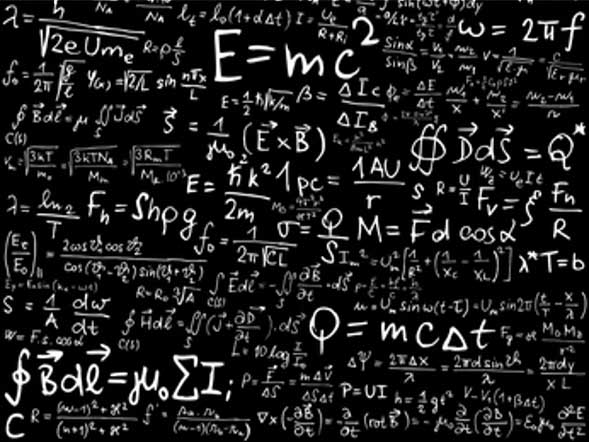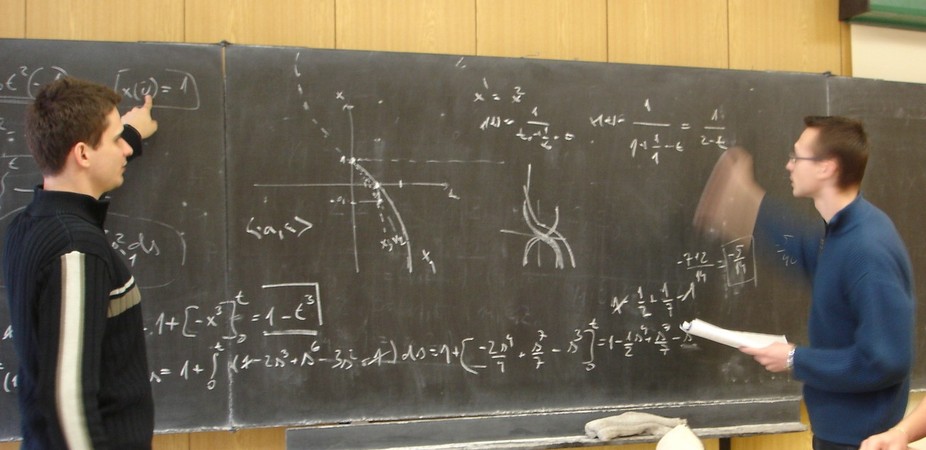Theoretical physics is a way of knowing nature, in which a certain range of natural phenomena is expressed using only in the form of a mathematical model. This method, when solving the fundamental laws of physics, does not use “experience”, experiment, but is an isolated method of studying nature. In any case, the basic objective laws and phenomena in nature are formed and accepted as a result of observations and experimentally proven.

Theoretical physics does not consider questions like “why should mathematics describe Nature?”. It takes as a postulate that, for some reason, the mathematical description of natural phenomena turns out to be extremely effective, and studies the consequences of this postulate. Strictly speaking, theoretical physics studies not the properties of Nature itself, but the properties of the proposed mathematical models. Therefore, questions like “who imposed the constancy of the speed of light on Nature” also go beyond its scope. In addition, theoretical physics often studies some models “on their own”, without reference to specific natural phenomena.
Physical theory
Physical theories are the product of theoretical physics. Since theoretical physics works precisely with mathematical models, an extremely important requirement is the mathematical consistency of a completed physical theory. The second obligatory property that distinguishes theoretical physics from mathematics is the possibility to obtain within the theory predictions for the behavior of Nature under certain conditions (i.e. predictions for experiments) and, in those cases where the result of the experiment is already known, to agree with the experiment.
The foregoing allows us to outline the general structure of the physical theory. It must contain:
- description of the range of phenomena for which a mathematical model is being built,
- axioms that define the mathematical model,
- axioms that associate (at least some) mathematical objects with observable, physical objects,
- direct consequences of mathematical axioms and their equivalents in the real world, which are interpreted as predictions of the theory.
From this it becomes clear that statements like “what if the theory of relativity is wrong?” meaningless. The theory of relativity, as a physical theory that satisfies the necessary requirements, is already correct. If it turns out that it does not agree with experiment in some predictions, then it means that it is not applicable to reality in these phenomena. A search for a new theory will be required, and it may turn out that the theory of relativity will turn out to be some limiting case of this new theory. From the point of view of theory, there is no catastrophe in this. Moreover, it is now suspected that under certain conditions (at an energy density of the order of the Planckian) none of the existing physical theories will be adequate.
In principle, a situation is possible when for the same range of phenomena there are several different physical theories leading to similar or coinciding predictions. The history of science shows that this situation is usually temporary: sooner or later, either one theory turns out to be more adequate than another, or these theories are shown to be equivalent (see below for an example with quantum mechanics).

Construction of physical theories
Fundamental physical theories, as a rule, are not derived from already known ones, but are built from scratch. The first step in such a construction is the real “guessing” of what mathematical model should be taken as a basis. It often turns out that the construction of a theory requires a new (and usually more complex) mathematical apparatus, unlike that used in theoretical physics anywhere before. This is not a whim, but a necessity: usually, new physical theories are built where all previous theories (ie, those based on a “customary” computer apparatus) have shown their inconsistency in the description of Nature. Sometimes it turns out that the corresponding mathematical apparatus is not in the arsenal of pure mathematics, and it has to be invented.
Additional, but optional, criteria for constructing a “good” theory can be the concepts
“Occam’s razor”, as well as the generality of the approach to many systems,
the ability not only to describe existing data, but also to predict new ones.
the possibility of reduction to some already known theory in some of their general area of applicability (correspondence principle),
the possibility to find out within the theory itself its area of applicability. So, for example, classical mechanics “does not know” the limits of its applicability, and thermodynamics “knows” in what limit it should not work.
Criteria such as “common sense” or “everyday experience” are not only undesirable when constructing a theory, but have already managed to discredit themselves: many modern theories may “contradict common sense”, but they describe reality many orders of magnitude more accurately than “theories based on common sense.”
